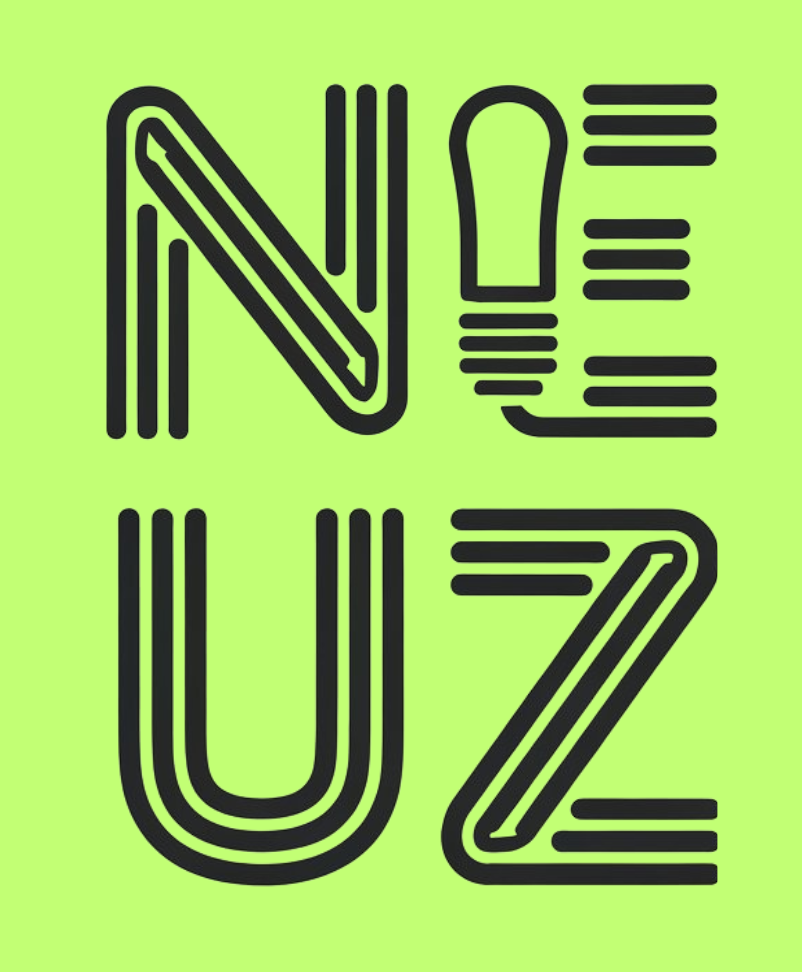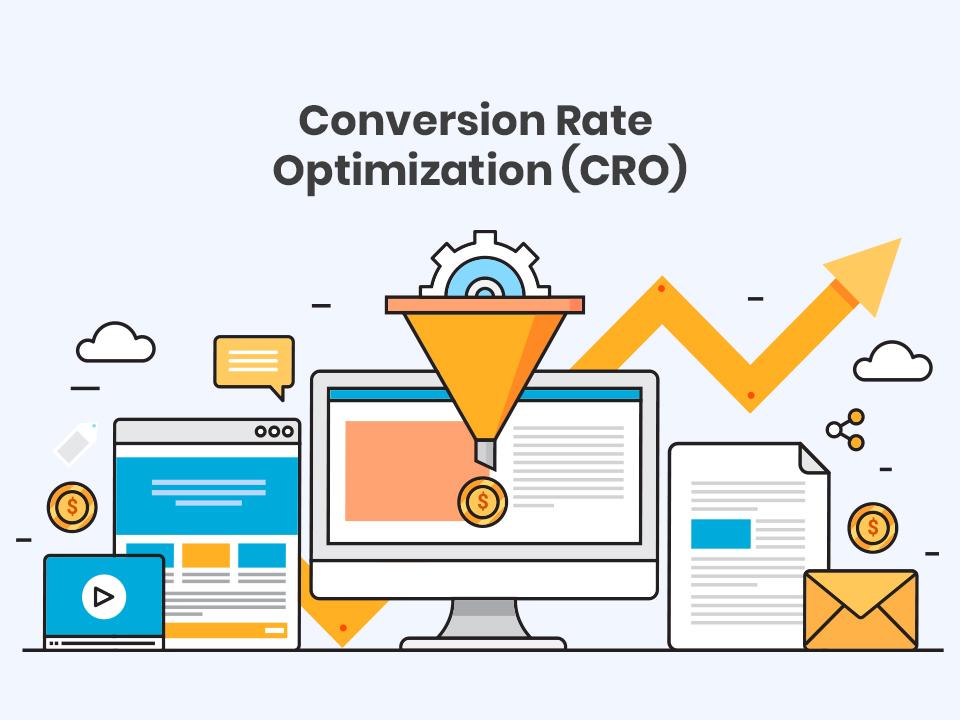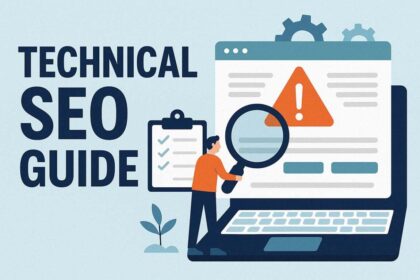In the ever-evolving digital landscape, where attention spans are fleeting and competition is fierce, the ability to convert visitors into loyal customers has never been more crucial. Enter Conversion Rate Optimization (CRO) – the art and science of enhancing your website’s performance to maximize the percentage of visitors who take desired actions. Whether you’re running an e-commerce site, a blog, or a service-based business, mastering CRO techniques can serve as the golden key to unlock higher revenue and sustained growth. In this article, we will delve into the principles, strategies, and tools that can elevate your approach to optimization, empowering you to transform casual browsers into committed buyers. Join us on this journey to boost your success and harness the full potential of your online presence.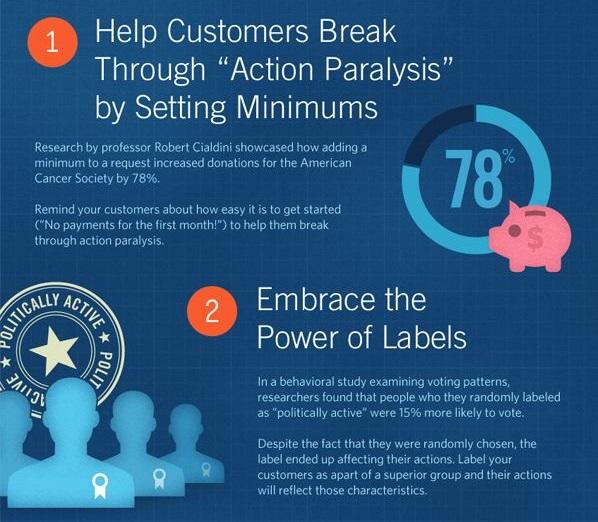
Understanding the Psychology Behind Conversions
To effectively enhance your conversion rates, it’s crucial to delve into the mindset of your visitors. Understanding their motivations allows you to craft experiences that resonate with their desires and concerns. Consider the factors that drive user behavior, including:
- Emotional triggers: People are often driven by feelings rather than logic. Creating an emotional connection can play a significant role in guiding decisions.
- Trust signals: Incorporating elements such as testimonials, security badges, and professional affiliations can help foster trust with potential customers.
- Simplicity: A clutter-free design that streamlines the decision-making process can reduce anxiety and encourage users to take action.
Moreover, the concept of social proof remains a powerful psychological tool in boosting conversions. When people see others engaging or benefiting from a product or service, they are more likely to follow suit. You can leverage this by showcasing:
- User testimonials: Real experiences shared by customers add credibility and relatability.
- Case studies: Illustrative examples demonstrating the success others have achieved with your offering can be persuasive.
- Usage statistics: Highlighting impressive numbers of satisfied customers or units sold can foster a feeling of belonging and urgency.
| Psychological Factor | Impact on Conversion |
|---|---|
| Emotional Triggers | Enhances connection |
| Trust Signals | Builds credibility |
| Social Proof | Encourages purchase |
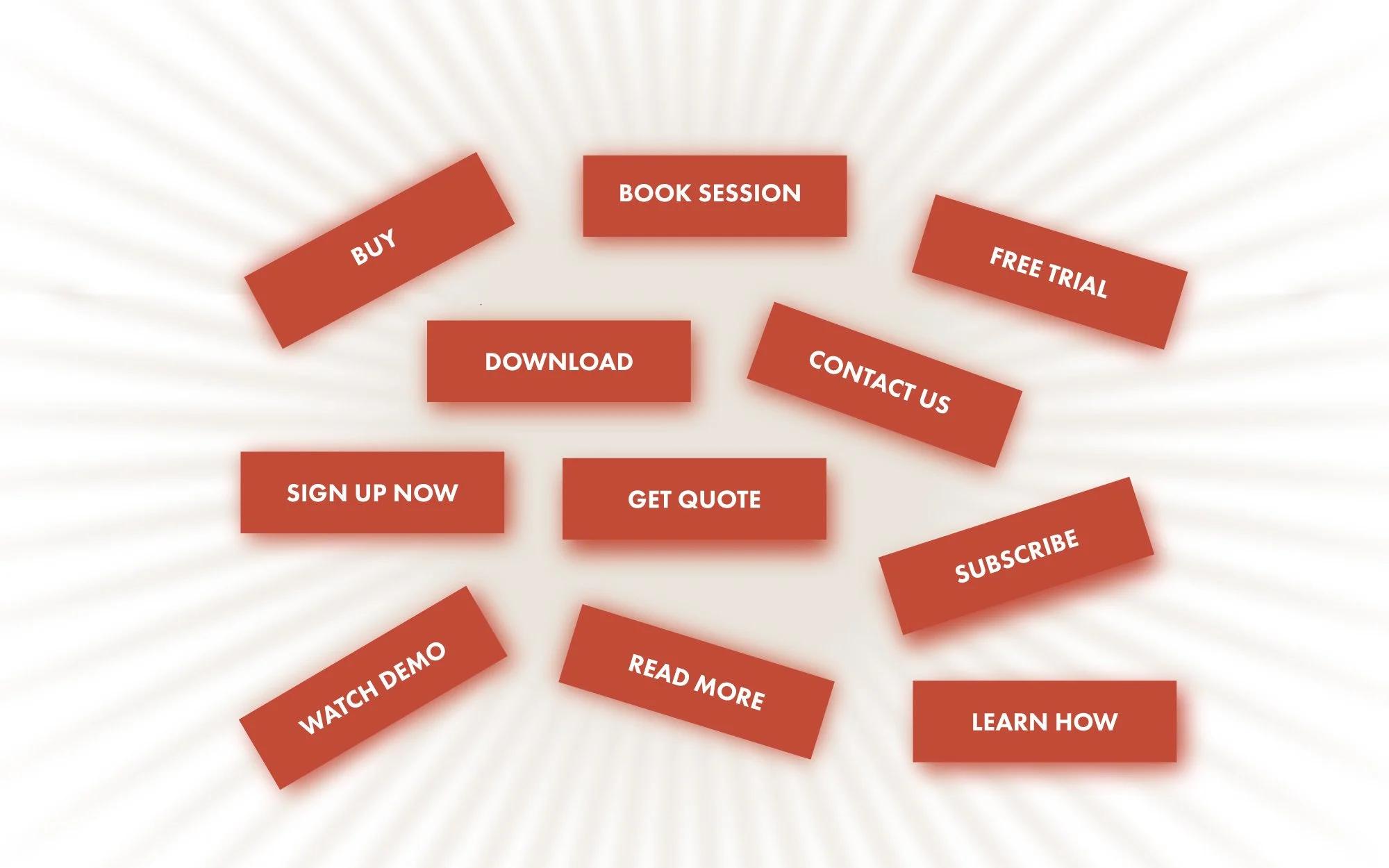
Crafting Compelling Calls to Action
Creating an effective call to action (CTA) is crucial for guiding users toward the desired outcome. To craft a CTA that resonates, focus on these key principles:
- Clarity: Ensure your message is straightforward and easy to understand. Avoid jargon and use simple language.
- Urgency: Incorporate urgency by using time-sensitive language that encourages immediate action, such as “limited time offer” or “today only.”
- Value proposition: Clearly communicate what the user will gain by taking action, whether it’s a discount, exclusive content, or valuable insights.
Additionally, the placement and design of your CTA play a significant role in its effectiveness. Consider the following design tips:
- Contrast: Use contrasting colors to make your CTA stand out against the background, drawing attention immediately.
- Size: Ensure that the CTA button is large enough to be easily clickable on both desktop and mobile devices, but not so large that it overwhelms the layout.
- Whitespace: Provide ample whitespace around the CTA to avoid distractions and make it the focal point of the page.
| CTA Element | Best Practices |
|---|---|
| Text | Use action-oriented language, e.g., “Get Started”, “Subscribe Now”. |
| Color | Choose colors that align with your brand but also stand out visually. |
| Location | Place CTAs above the fold and at strategic points throughout your content. |

Leveraging Data Analytics for Continuous Improvement
Data analytics serves as the backbone for driving continuous improvement, transforming raw numbers into actionable insights. By implementing sophisticated analytic tools, businesses can meticulously track user behavior and conversion pathways, pinpointing areas of friction and opportunity. This process involves:
- Identifying Key Performance Indicators (KPIs): Establishing measurable goals tailored to your specific objectives.
- Segmenting User Data: Analyzing different customer demographics to understand variances in behavior.
- Utilizing A/B Testing: Experimenting with variations of content and design to gauge their impact on conversions.
Moreover, the iterative feedback loop created through ongoing analysis empowers businesses to remain agile in their strategies. Insights gained from data can inform not only marketing approaches but also product development and customer service enhancements. Consider the following table that illustrates common metrics and their significance:
| Metric | Importance |
|---|---|
| Conversion Rate | Measures effectiveness in turning visitors into customers. |
| Bounce Rate | Indicates content relevance and user engagement. |
| Customer Lifetime Value (CLV) | Helps assess long-term profitability from individual customers. |
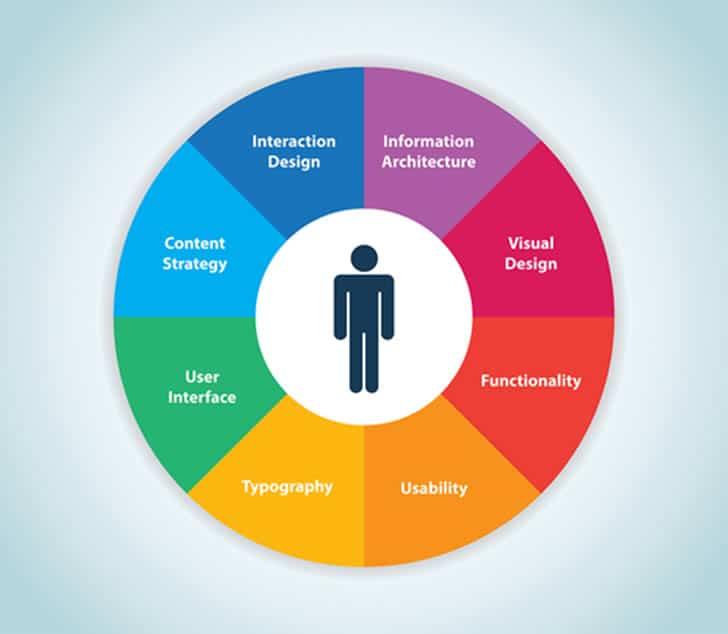
Designing User Experiences that Drive Engagement
Creating an engaging user experience is about understanding your audience and their needs, which allows you to forge deeper connections with your products or services. To achieve this, consider implementing the following strategies:
- Simplicity: Ensure a clean and intuitive design that reduces cognitive load, making it easier for users to navigate your site.
- Visual Hierarchy: Utilize size, color, and placement to guide users’ attention to key information and call-to-action buttons.
- Personalization: Tailor experiences based on user behavior and preferences, which can increase satisfaction and, ultimately, conversion rates.
Moreover, the implementation of effective feedback mechanisms can significantly enhance user experiences. By analyzing user interactions and responses, you can iterate and refine your designs. Consider incorporating:
| Feedback Type | Description |
|---|---|
| Surveys | Gather insights directly from users about their experiences and preferences. |
| Heatmaps | Visual representations of user behavior on your site, indicating which areas attract the most attention. |
| A/B Testing | Experiment with different design elements to identify which variations convert better. |
In Retrospect
As we wrap up our journey through the ins and outs of conversion rate optimization, it becomes clear that mastering this art is not merely a tactic, but a commitment to understanding your audience, refining your approach, and continuously evolving in a fast-paced digital landscape. Whether you’re a seasoned marketer or just starting out, the strategies we’ve explored serve as a toolkit for transforming your vision into measurable results.
Remember, each optimization effort is an opportunity to listen and learn from your users, to innovate and improve. As you implement these techniques, don’t shy away from experimentation; each click, scroll, and interaction tells a story worth exploring.
So, step forward with confidence. By honing your skills in conversion rate optimization, you’re not just aiming to boost numbers—you’re creating meaningful experiences that resonate with your audience. Embrace the journey ahead, and watch as your success unfolds, one conversion at a time.
